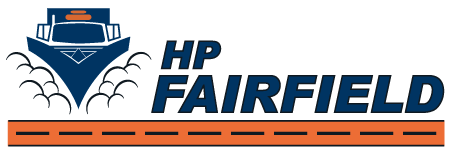Simple Website Navigation – Part 1

Numerous studies show that a well-structured website navigation plays an essential role in directing visitors toward an end goal like a newsletter subscription or sale. The result of applying key components of user experience design aims to improve usability for content consumption. Unfortunately, not all sites provide a sound structure.
Some try to do so in a confusing way. Its organization contradicts what visitors may expect. Fortunately, simple website navigation solves this problem while organizing content in a smart, intuitive manner. The following describes how to apply simple website navigation to make any website look professional.
Plan to Plan
All site navigation requires pre-planning. Questions need answers. Articles need designations. The end result turns chaos into order. It provides a clear map of what belongs where and why.
Begin by asking what type of content can and should be grouped together. Then, ask how this content should be labeled. Labeled, grouped content creates an information architecture that’s sensible and predictable to the end-user.
Other considerations address dynamic arrangements. They address the *time* when certain kinds of content are appropriate to show or hide. This dynamic presentation helps reduce clutter. Visitors aren’t distracted by irrelevant information.
Basic & Ineffective Organizational Structures
The most basic organizational structures are easy to implement. The alphabetical structure organizes content by title name. The dated structure organizes content by its date of publication. The searchable structure organizes content by a query. Each of these structures can point visitors to the information that they’re looking for.
They assume visitors already know what they want to find, a title, a date, or a search term. Very few people interact with websites this way. At most, visitors use a related keyword to search for information. Browsing through alphabetical or dated lists is often a last-ditch effort to locate something.
Categorization is a Priority
Because every piece of content, whether an article, picture, sound file, or even a video, can be assigned to a group of some sort. Categorization should be given priority. Categories make the process of showing and hiding information much easier.
Especially when they respond to things like importance, available options, and irrelevance. Of course, without a sufficient amount of user feedback, determining what is important, optional, or irrelevant isn’t easy. That’s when tools like traffic analysis programs and search engine query data come into play.
The information provided by these tools help designers ascertain:
- What’s important, indicated by the type of information that visitors seek the most.
- Available options, indicated by the series of clicks that occur on a regular basis.
- What’s irrelevant, indicated by where visitors typically abandon a website.
Once identified as important, optional, or irrelevant, information can be labeled. Then, place it into a graphical map that demonstrates its status. Groups of important information can be labeled and presented on a horizontal navigational bar. For example, as a menu inside a blog’s sidebar.
Subcategories are Important
Categories all by themselves don’t give visitors a personal glimpse of what’s inside a website. Their generic characteristic, instead, provides little more than a mere outline. Relevant subcategories move information into a thought process that matches what most people expect when interacting with a website.
When correctly implemented, they seem almost predictive. This predictable nature lends to an intuitive user experience that facilitates usability. It also enhances it in a way that encourages further interaction and coveted visitor retention.
———————————————–
Links Web Design is a Website Design Company in Bangor, Maine.









